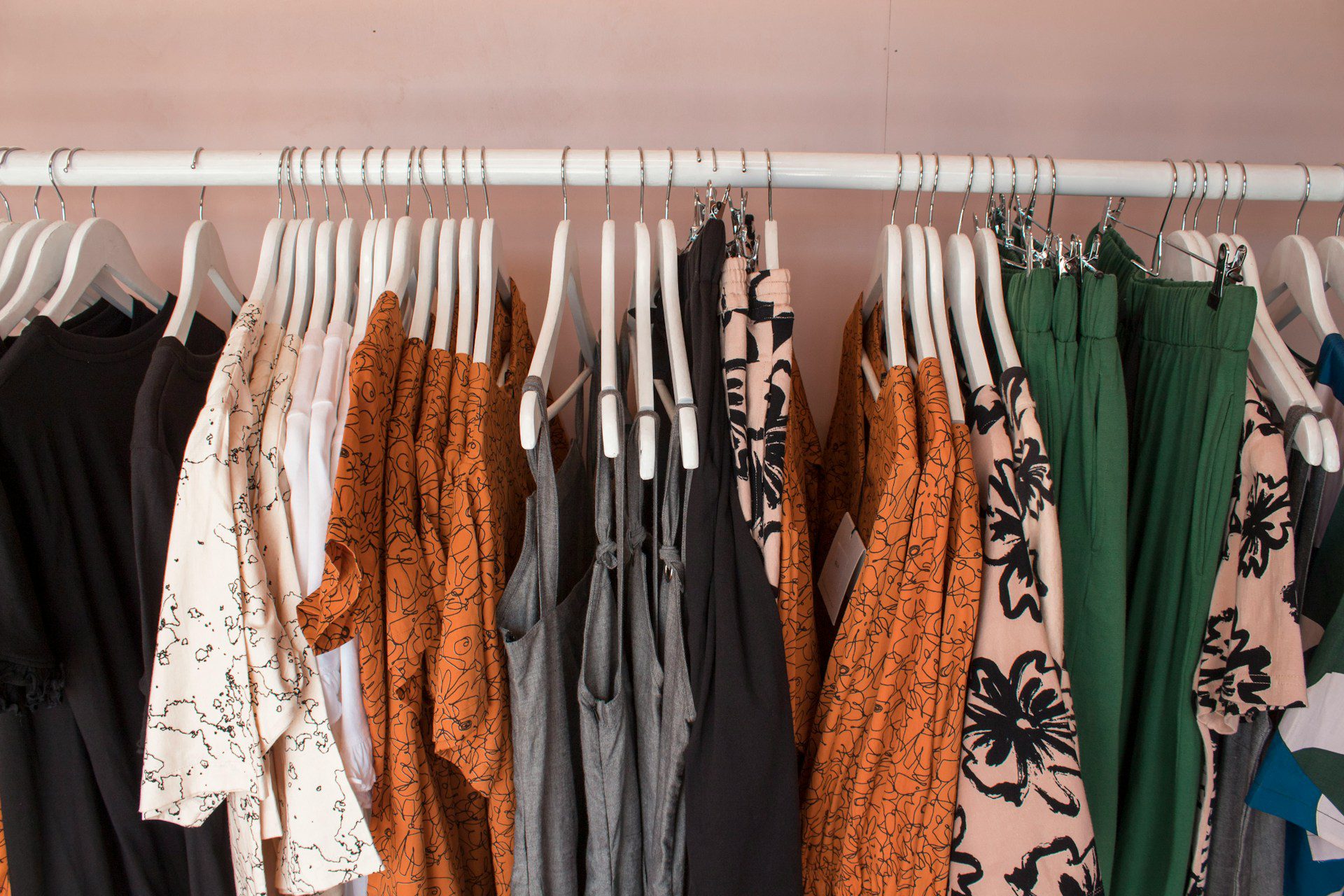The world of high fashion is a dazzling spectacle, with runway shows showcasing the latest designs and trends that captivate the global audience. However, behind the glamour and creativity lies a complex web of logistics that ensures these exquisite garments reach their destination – from the hands of the designers to the racks of retail stores and ultimately into the closets of fashion enthusiasts. The journey from runway to warehouse involves meticulous planning, precision, and collaboration across various stages of the supply chain. In this article, we will delve into the intricacies of the logistics of high fashion, exploring how the industry navigates the challenges of production, distribution, and retail to bring coveted designs to the consumer.

From Runway to Warehouse: Navigating the Logistics of High Fashion
Design and Production
The first step in the journey of high fashion logistics begins at the design and production stage. Designers conceptualize their creations, sketching and refining them until the vision comes to life. Once the designs are finalized, the challenge of translating them into physical garments begins. Materials are sourced from around the globe, often requiring coordination with multiple suppliers to ensure the availability of the finest fabrics, embellishments, and accessories.
Manufacturing facilities, often located in different regions or even countries, play a crucial role in turning these raw materials into finished products. Timely communication and coordination are paramount as delays or errors at this stage can have a domino effect on the entire supply chain. Quality control measures are implemented to maintain the high standards expected in the world of high fashion. The logistics team must monitor production timelines, manage inventory levels, and address any unforeseen challenges that may arise during this intricate process.
Transportation and Import/Export
Once the garments are meticulously crafted, the next phase involves getting them from the production facility to their intended destination. This step requires a well-orchestrated dance of transportation and international trade logistics. Garments may be manufactured in one part of the world, only to be shipped to another for distribution or retail.
International shipping involves navigating complex customs regulations, tariffs, and import/export restrictions. The logistics team must collaborate with freight forwarders, customs brokers, and shipping carriers to ensure a seamless movement of goods across borders. Delays in customs clearance or transportation hiccups can disrupt the carefully planned timelines, potentially affecting the launch of a collection or availability in stores.
Distribution Centers and Warehousing
Upon arrival in the destination country, the garments find their way to distribution centers and warehouses. These hubs, which act as crucial nodes in the fashion supply chain, serve as temporary storage and sorting facilities. It is essential to efficiently manage these distribution centers to ensure that the right products reach the right destinations at the right time. You can learn more about material handling services here. They play a vital role in optimizing the organization of inventory and ensuring accurate order preparation for further distribution to retailers or directly to consumers. Advanced inventory management systems and technologies also play a crucial role in tracking the movement of each garment. The logistics team must balance the need for sufficient stock levels to meet demand while avoiding overstock situations that could lead to excess inventory costs.
Retail and E-Commerce
From distribution centers, high fashion garments make their way to retail stores or are shipped directly to consumers through e-commerce channels. The rise of online shopping has added a layer of complexity to the logistics of high fashion. E-commerce platforms demand swift and reliable delivery services, often with the expectation of next-day or even same-day delivery options.
Retail stores, on the other hand, require precise coordination to ensure that the latest collections are available for launch events or seasonal displays. The logistics team must consider factors such as store locations, customer demographics, and regional preferences to optimize the distribution strategy. Returns management also becomes a critical aspect, requiring streamlined processes to handle product returns and exchanges efficiently.
Sustainable Practices in High Fashion Logistics
As the fashion industry faces increasing scrutiny for its environmental impact, sustainable practices have become a focal point in the logistics of high fashion. From eco-friendly packaging materials to optimizing transportation routes for reduced carbon emissions, the industry is embracing initiatives to minimize its ecological footprint. Sustainable sourcing of materials and ethical manufacturing practices are also influencing the choices made in the logistics process, as consumers and stakeholders increasingly demand transparency and responsibility from fashion brands.
Technology and Innovation in High Fashion Logistics
The integration of technology and innovation has revolutionized the logistics of high fashion. Advanced tracking systems provide real-time visibility into the movement of goods, enabling proactive problem-solving and minimizing disruptions. Artificial intelligence and data analytics are employed to forecast demand, optimize inventory levels, and enhance overall supply chain efficiency. Robotics and automation are increasingly being used in warehouses for tasks such as sorting, packing, and even autonomous transportation within facilities.

From Runway to Warehouse: Navigating the Logistics of High Fashion
From the dazzling runways to the intricate web of logistics, the journey of high fashion is a testament to the collaboration, precision, and adaptability of the industry. Designers may set the trends, but it is the logistics professionals who ensure these trends become accessible to the global audience. As the fashion landscape continues to evolve, the logistics of high fashion will undoubtedly play a pivotal role in shaping the industry’s future, ensuring that the creative visions of designers reach consumers in a timely and sustainable manner.









